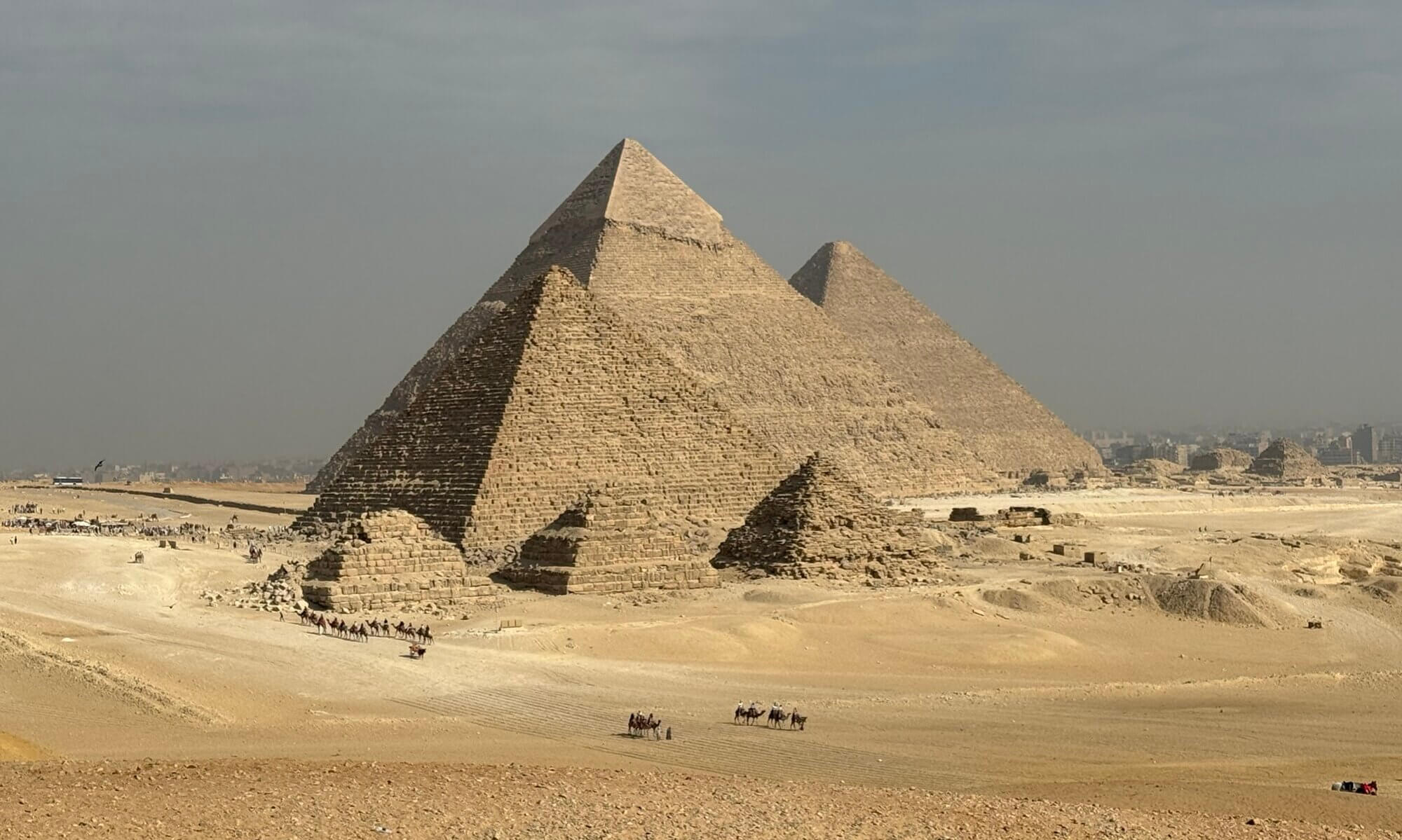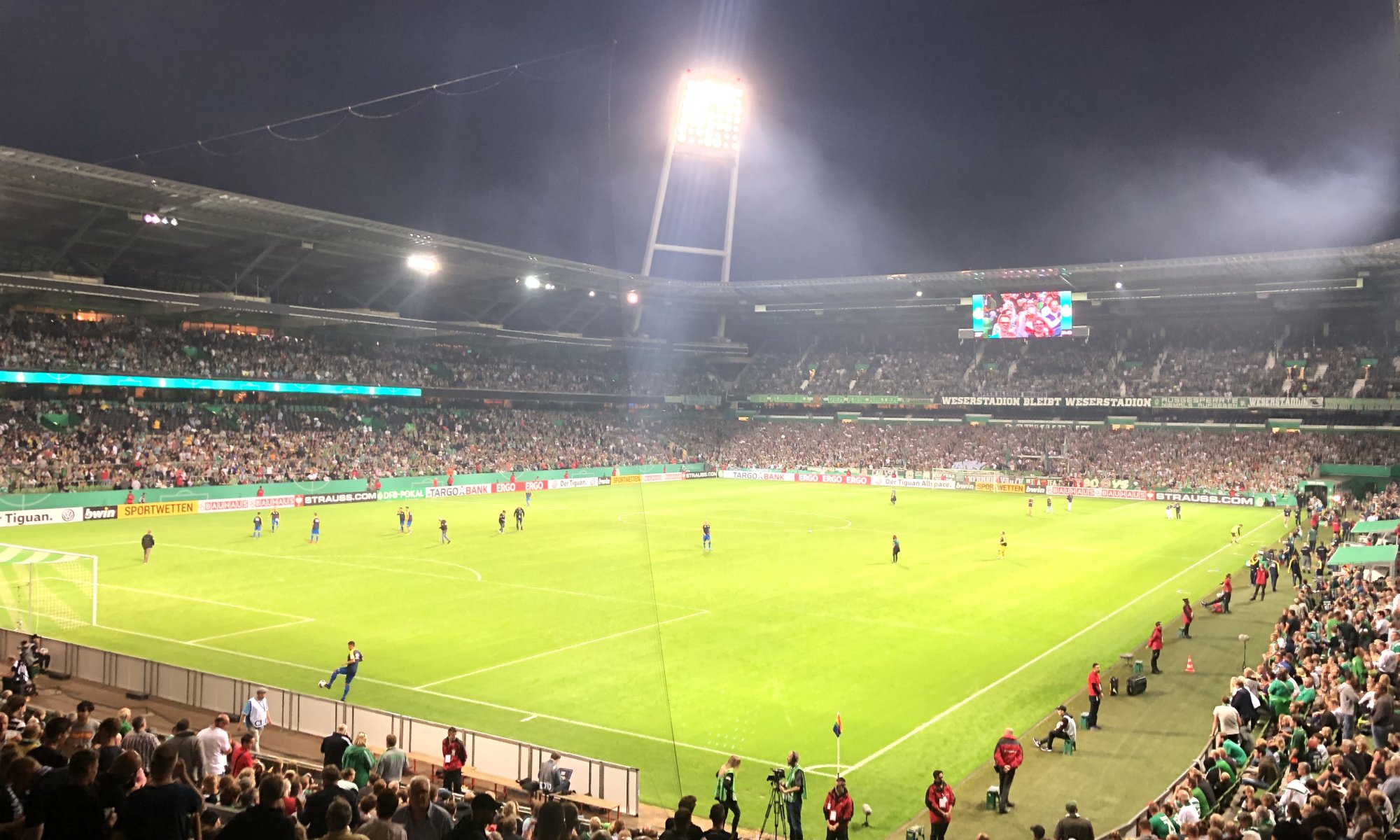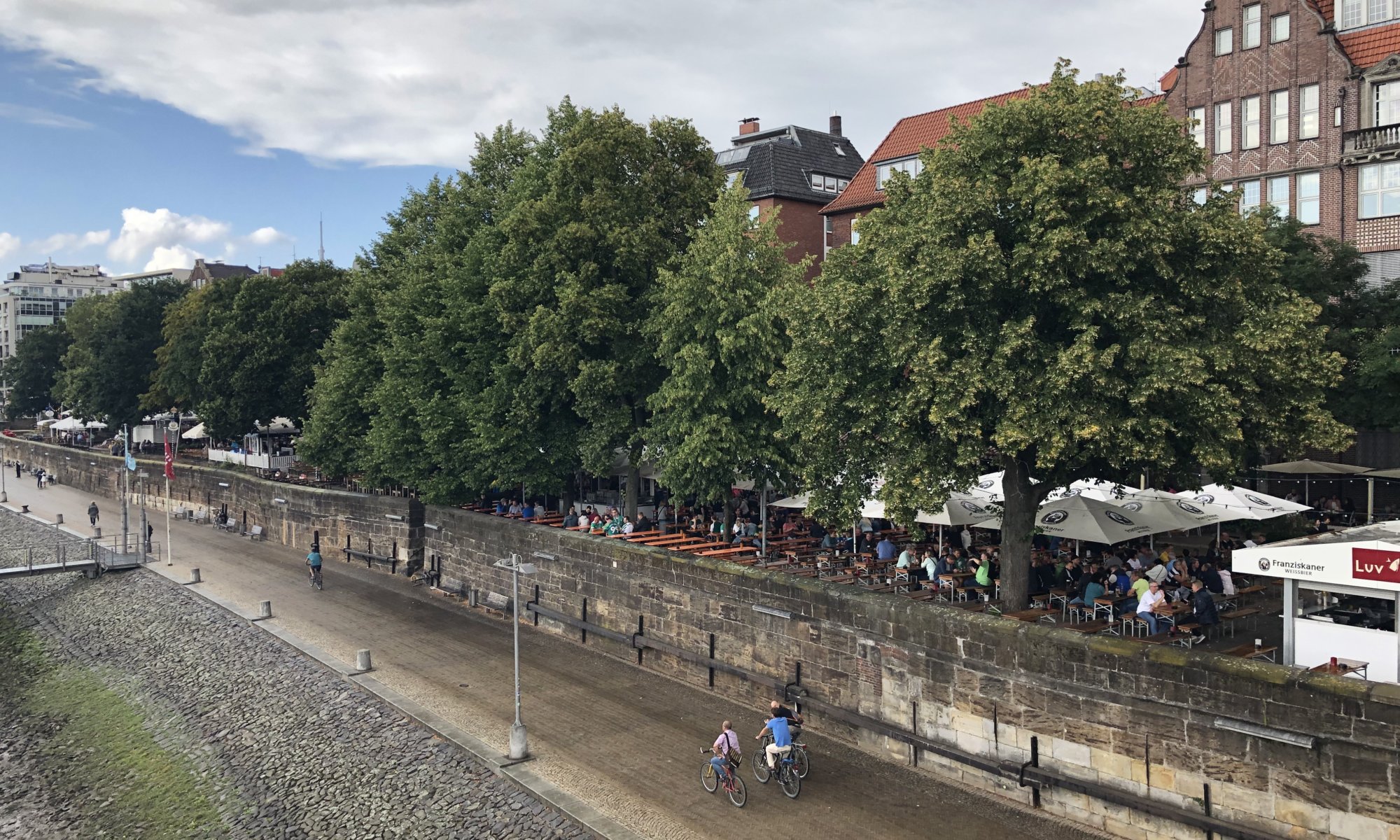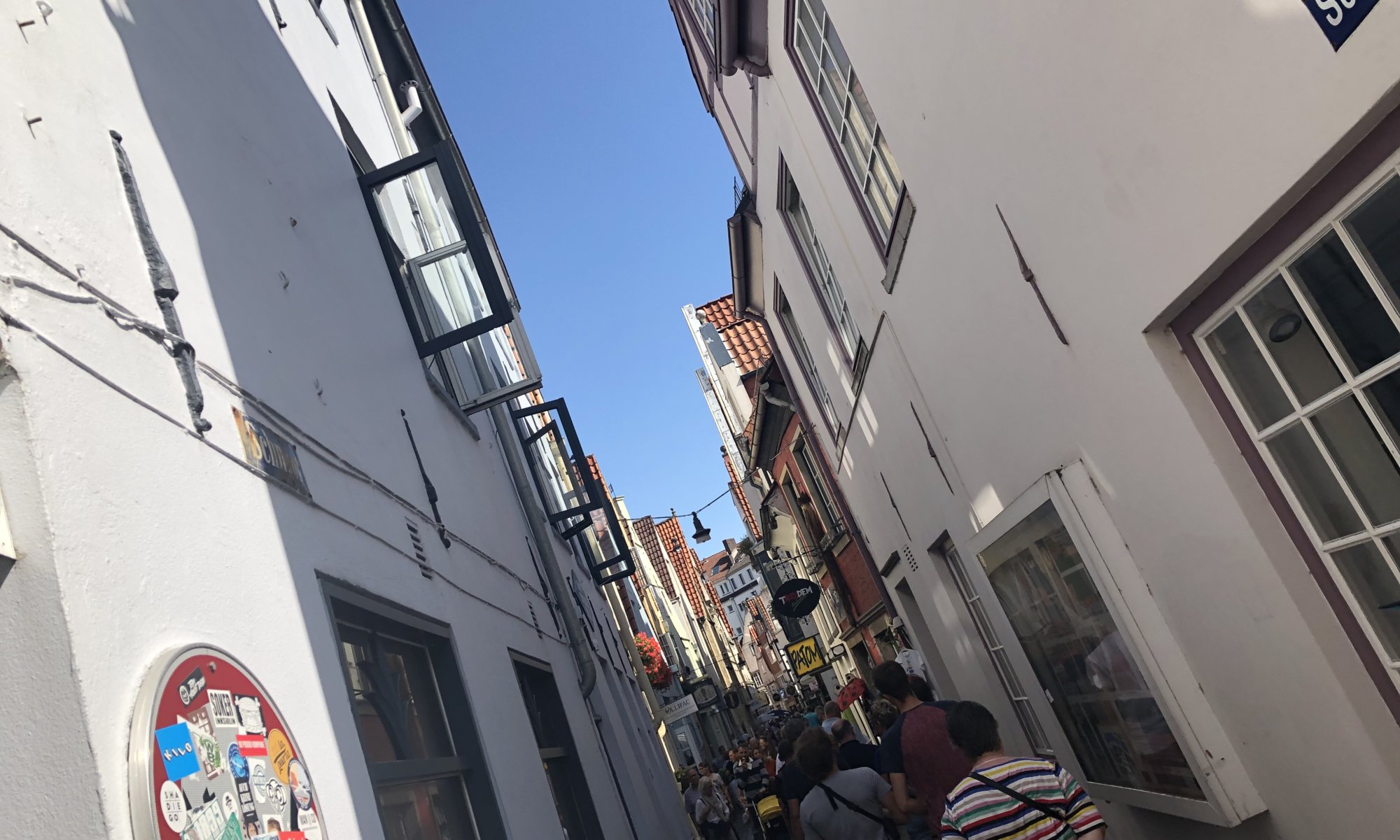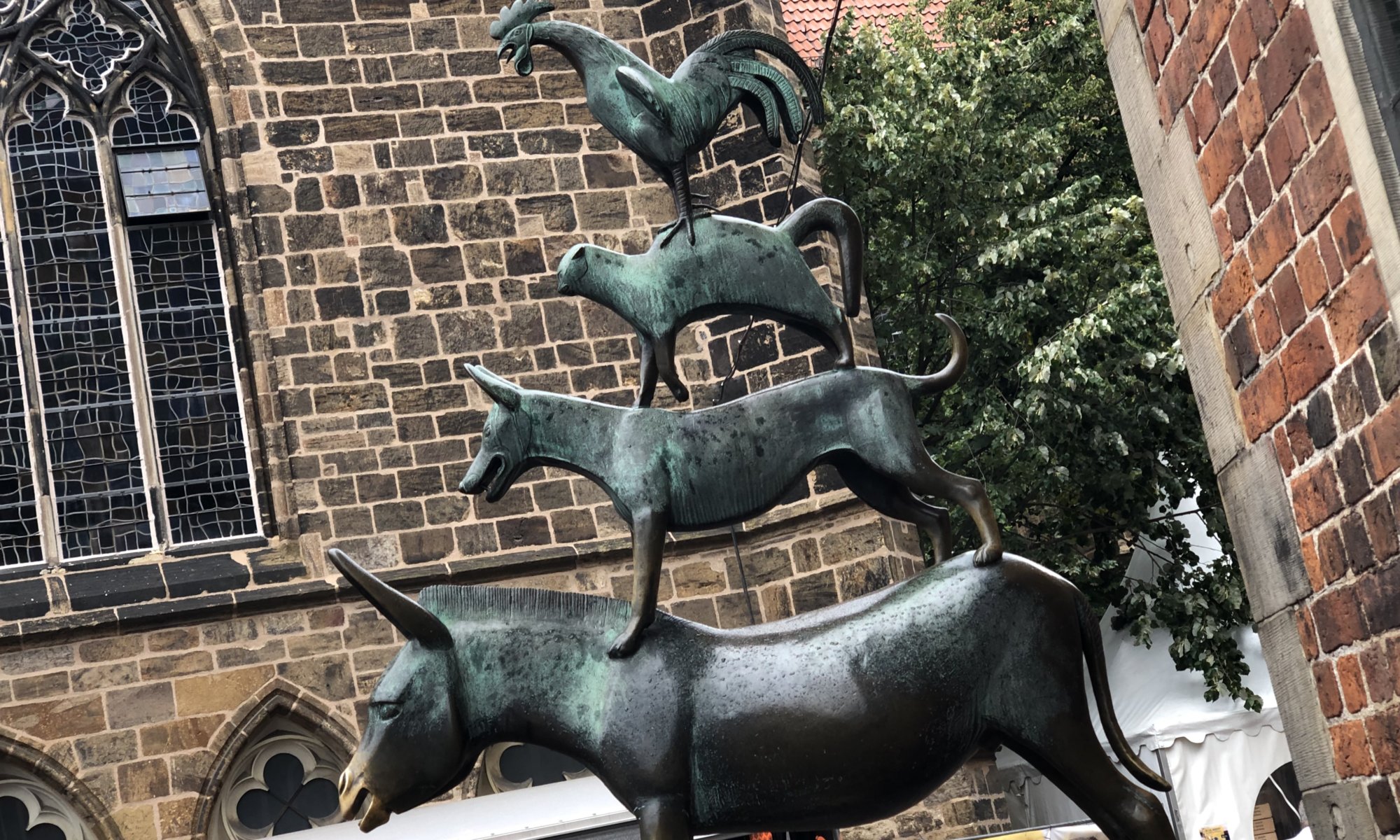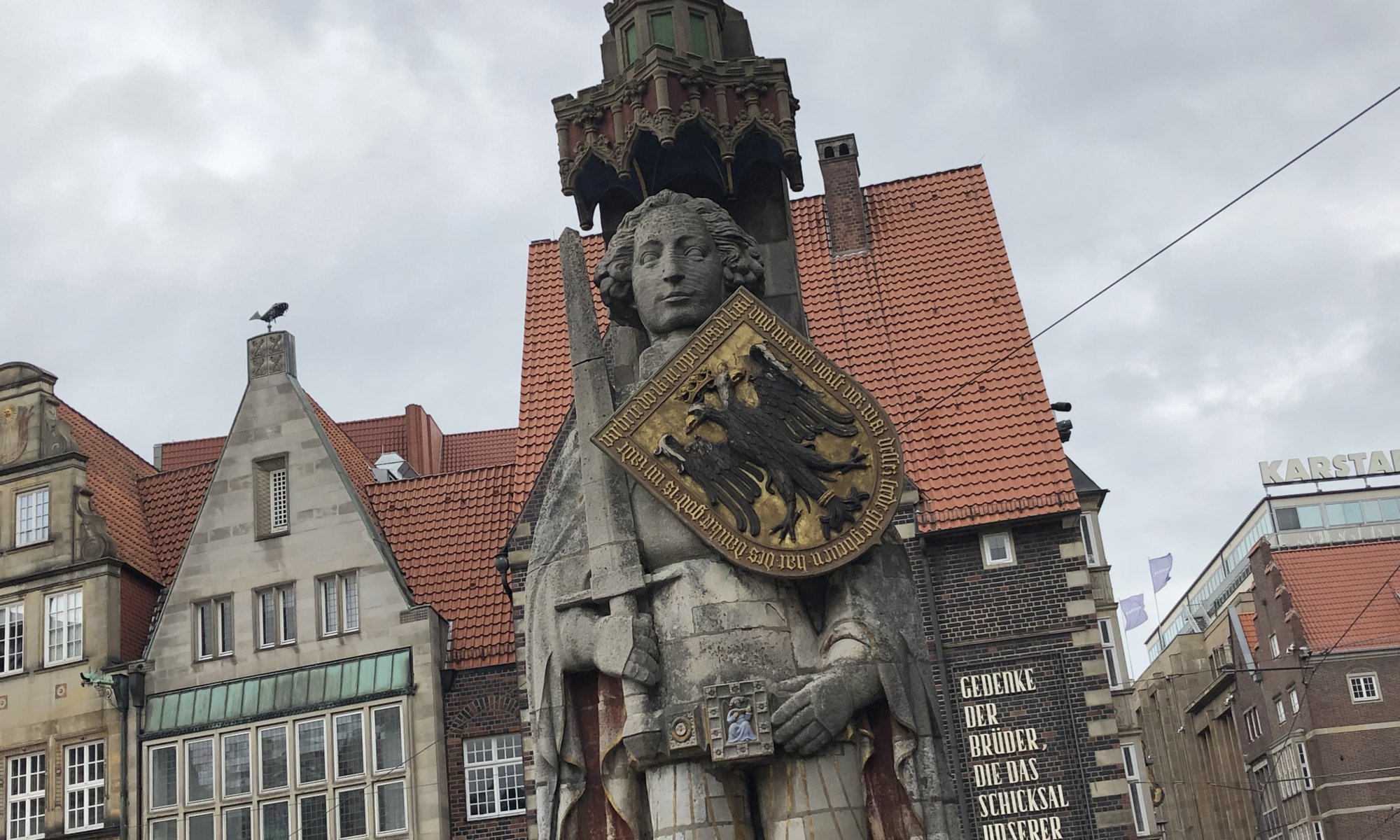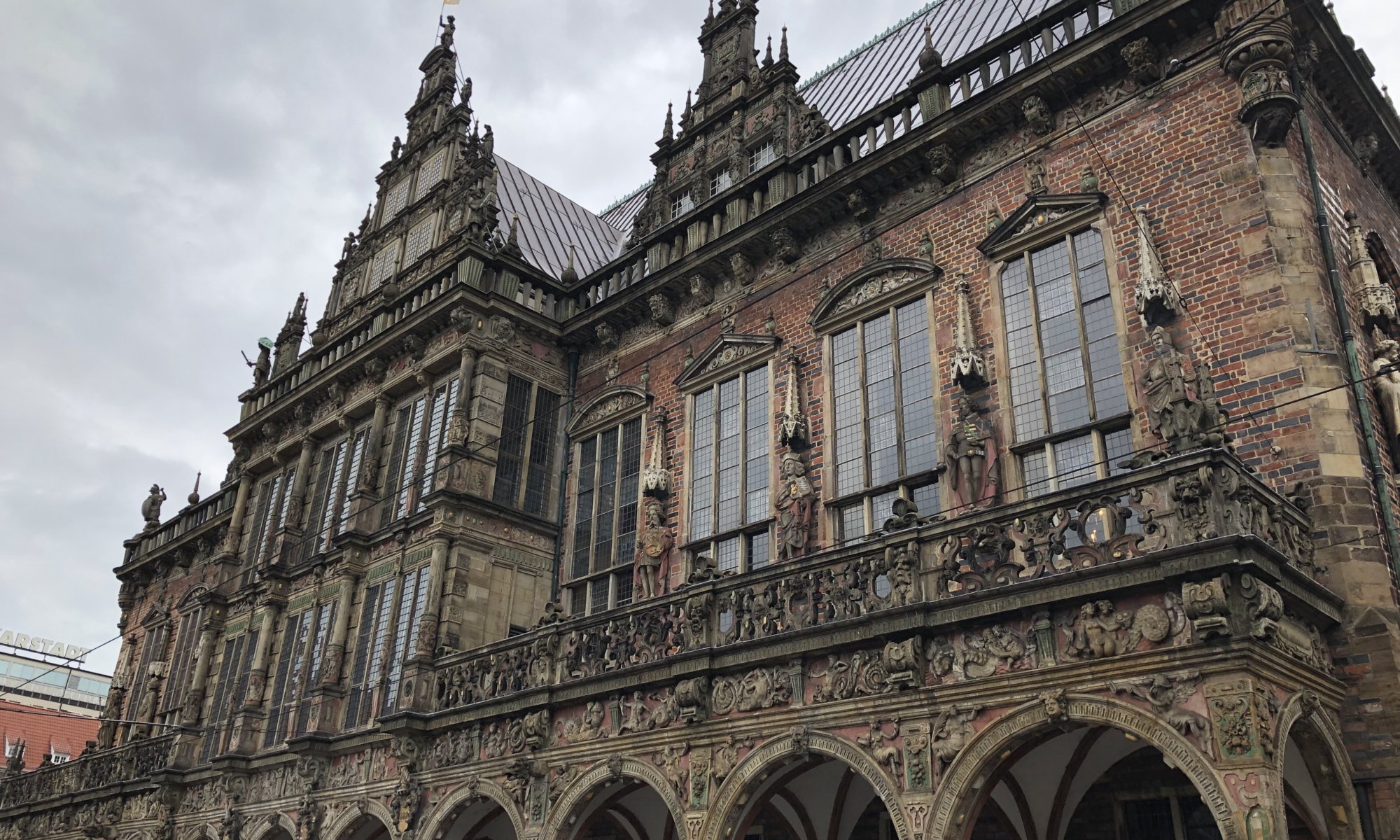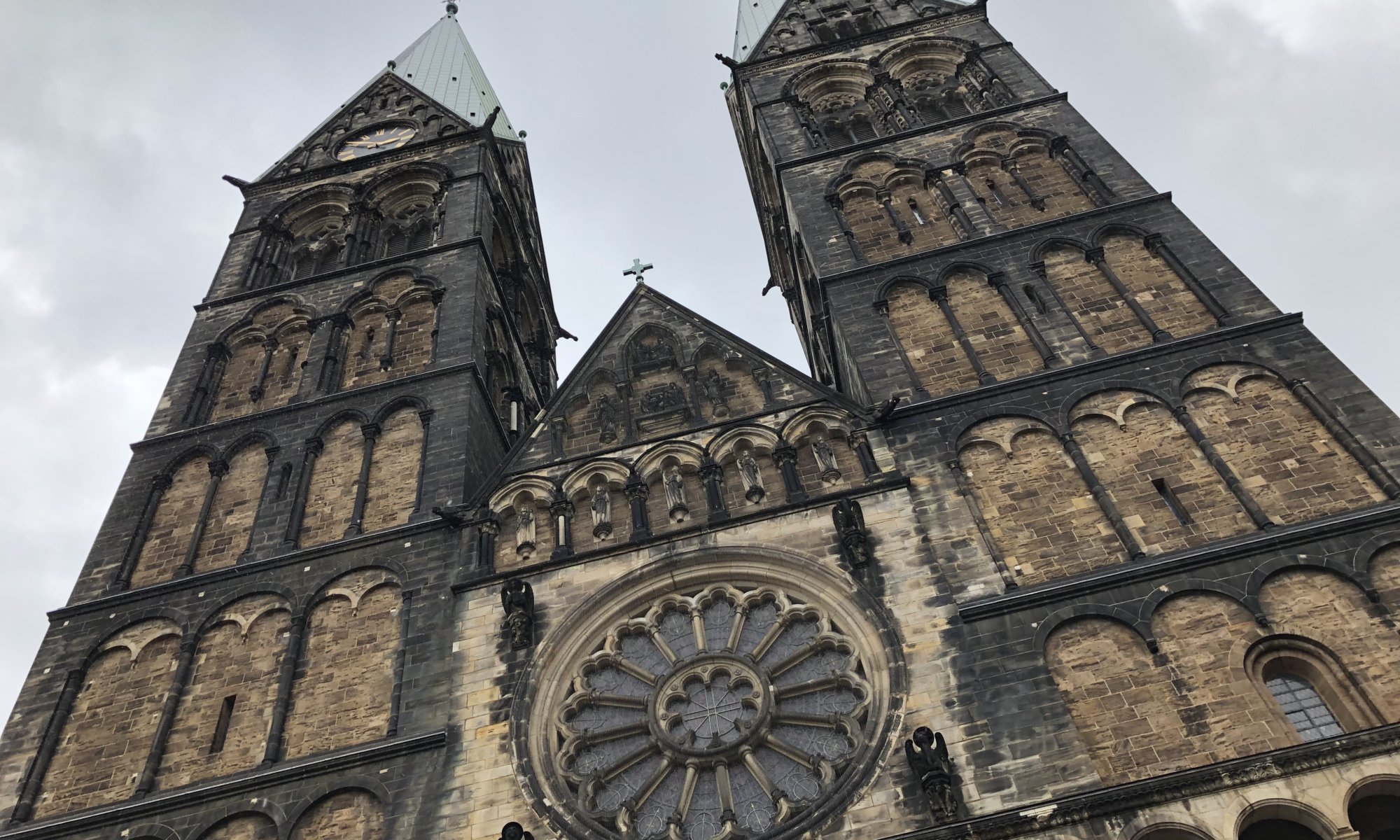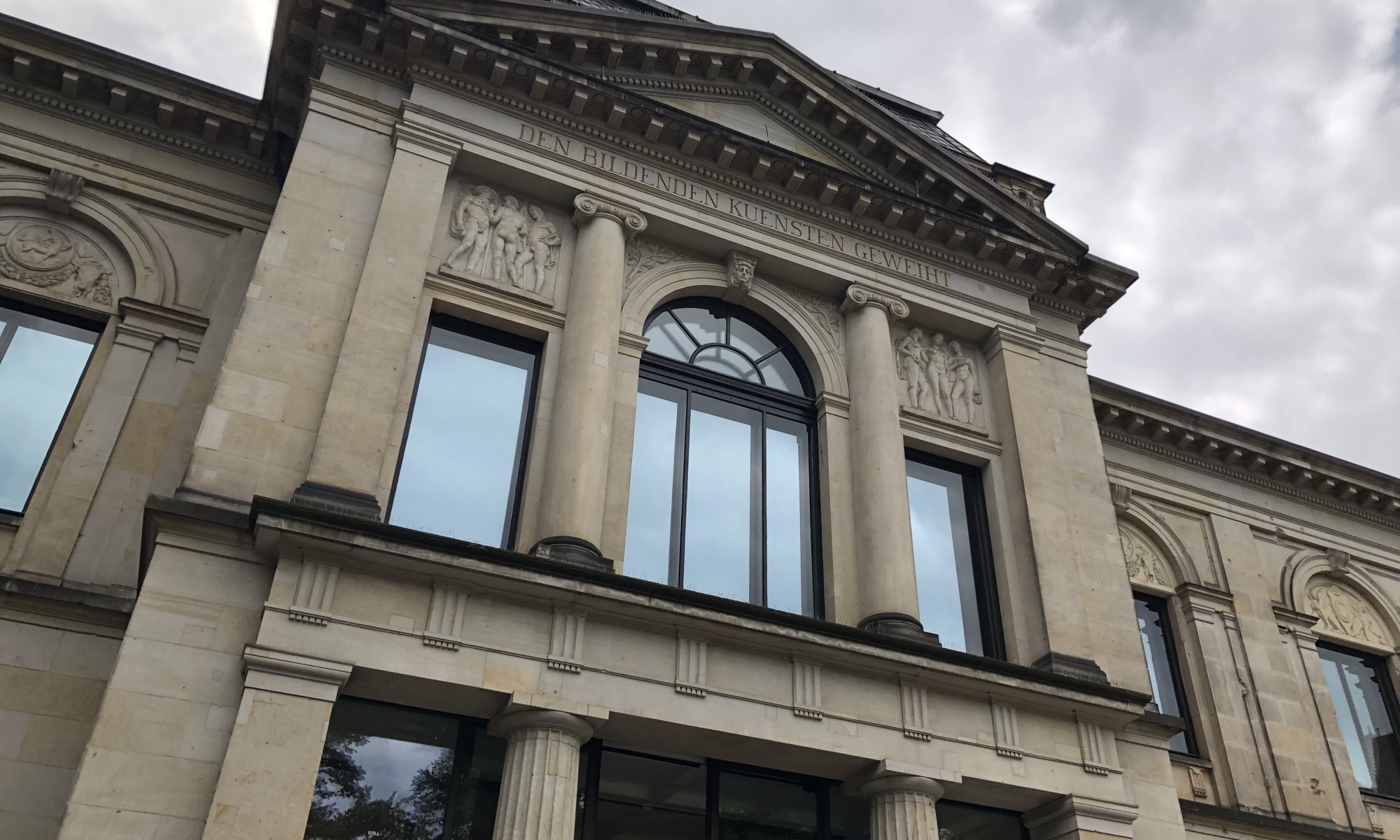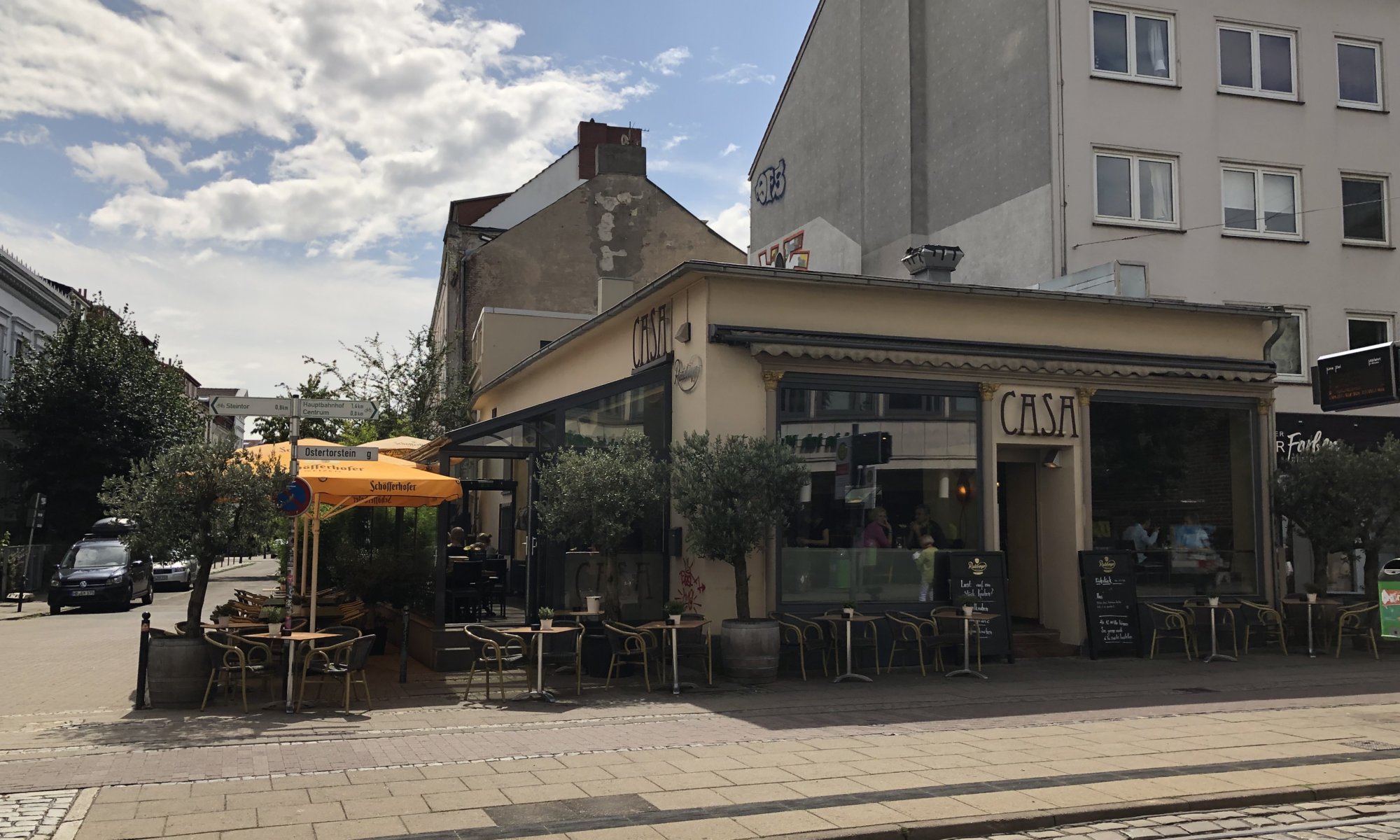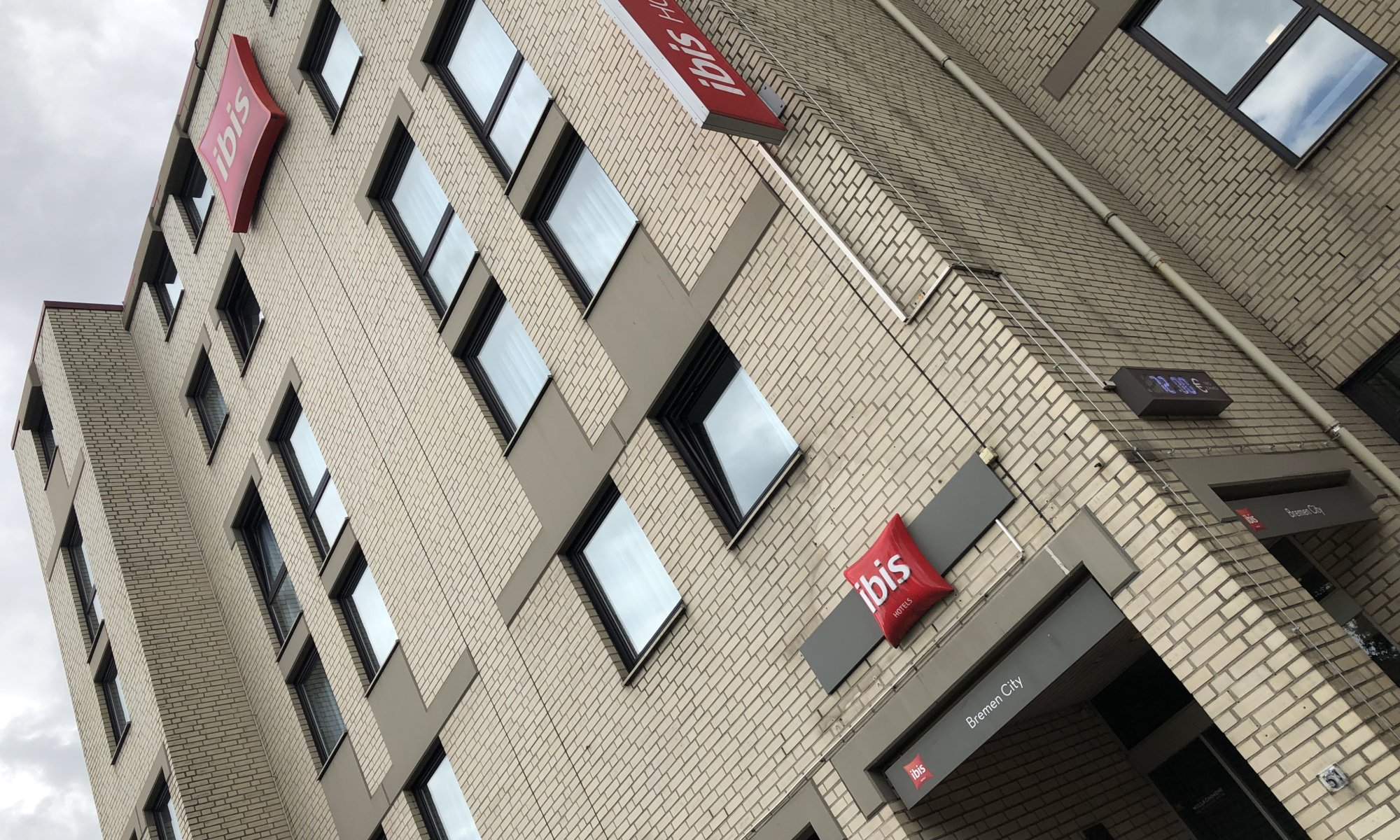I‘m in love with the first round of the DFB cup every year. The small clubs – sometimes even amateurs – against the big clubs. Teams that hope to get the FC Bayern or Borussia Dortmund as opponents to have the match of their lifetimes and fill their bank accounts – even if it means to loose with many goals against. But it is also about infrastructure, about playing in small stadiums where everything is a little bit improvised and where the big stars have to use rather shabby changing rooms without hot water.
Continue reading “Away game at home”Schlachte
If you want to sit outside at the river Weser within Bremen, Germany and have a good drink there is one main party zone that will be recommended to you: the Schlachte. You will find numerous bars there with outdoor seats and great views on the water and the ships anchoring there (some of them are bars and restaurants, too). The name has nothing to do with slaughter (‘Schlachtung‘, ‘Schlacht‘, ‘Schlachten‘) – it refers to ‘slagte‘, the process of placing wooden piles to stabilize the shore.
Continue reading “Schlachte”Schnoor
One of the places tourists visit most often at Bremen, Germany is the Schnoorviertel, located near the central market place and river Weser. It is a quarter full of narrow streets and tiny houses where in past days the fishermen were living. The streets there are named after the products that were created in them and the street name Schnoor refers to the production of rope (‘Schnur‘ in German).
Continue reading “Schnoor”Stadtmusikanten
It is very unusual that real cities are named within fairytales. Bremen, Germany is one of the very few examples as the Brothers Grimm made the city the target destination of a donkey, a dog, a cat and a rooster that want to flee their lifes and become musicians there. ‘Die Bremer Stadtmusikanten‘ describes their story and they never arrive at Bremen as they succeed in chasing some robbers out of a house – which they then decide to live in.
Continue reading “Stadtmusikanten”Bremer Roland
The statue of Roland on the market place of Bremen, Germany is one of the town’s landmarks. It is more than five meters high and together with its platform and decorations it reaches a height of more than 10 meters, making it the biggest free-standing statue of medieval times in Germany. The statue shows military leader Roland who guarantees the city its freedom and rights.
Continue reading “Bremer Roland”Town hall
I’ve seen many town halls in the past but the one at Bremen, Germany is one of the most beautiful. It is richly decorated outside as well as inside and is one of the most important buildings of the Weser renaissance and gothic styles. It was built between 1405 and 1410 as a replacement for the former town hall in romanesque style (built before the 1220s). Together with the Roland it is now a UNESCO World Heritage site.
Continue reading “Town hall”St. Petri
The cathedral of Bremen – the Bremer Dom – is dedicated to Saint Peter and standing next to the town hall and the statue of Roland. It is a beautiful protestant church building with a fine rosetta in front and two towers with a height slightly above 90 meters. The first church building in that place dates back to the year 784, the current church is from the 11th century CE. It is mostly designed in gothic style with neo-romanesque elements.
Continue reading “St. Petri”Kunsthalle
The Kunsthalle Bremen is an art museum next to the city center of Bremen, Germany. It is located between the northern end of the Osterdeich along river Weser and the Stadtgraben (the water next to the former city fortifications). From the museum it is a very short walk to the main market place. The art collection dates back to the year 1823, the current building was created in 1849.
Continue reading “Kunsthalle”Casa
A nice mediterranean restaurant and coffee bar in the perfect location: the Casa can be found at the northern entry to the Viertel, one of the best city quarters of Bremen, Germany with many bars and restaurants. They offer breakfast, tapas, pizza, pasta – but also salads, soups and vegetarian options. In addition to the seats inside you can also find some nice places outside around the restaurant.
Continue reading “Casa”Good location
If you’re standing in front of the ibis hotel at Bremen, Germany you might wonder if this is really a ‘good location’: it is located at the Rembertiring and a giant roundabout. But it is a good place if you want to visit the city – the railway station is less then 10 minutes on foot, the city center is close-by and it is next to the Viertel. You can even walk to the Weserstadion within 25 minutes, it is just two kilometers away.
Continue reading “Good location”